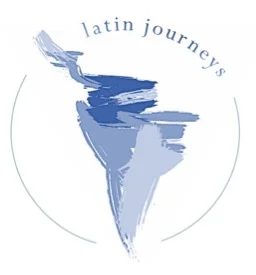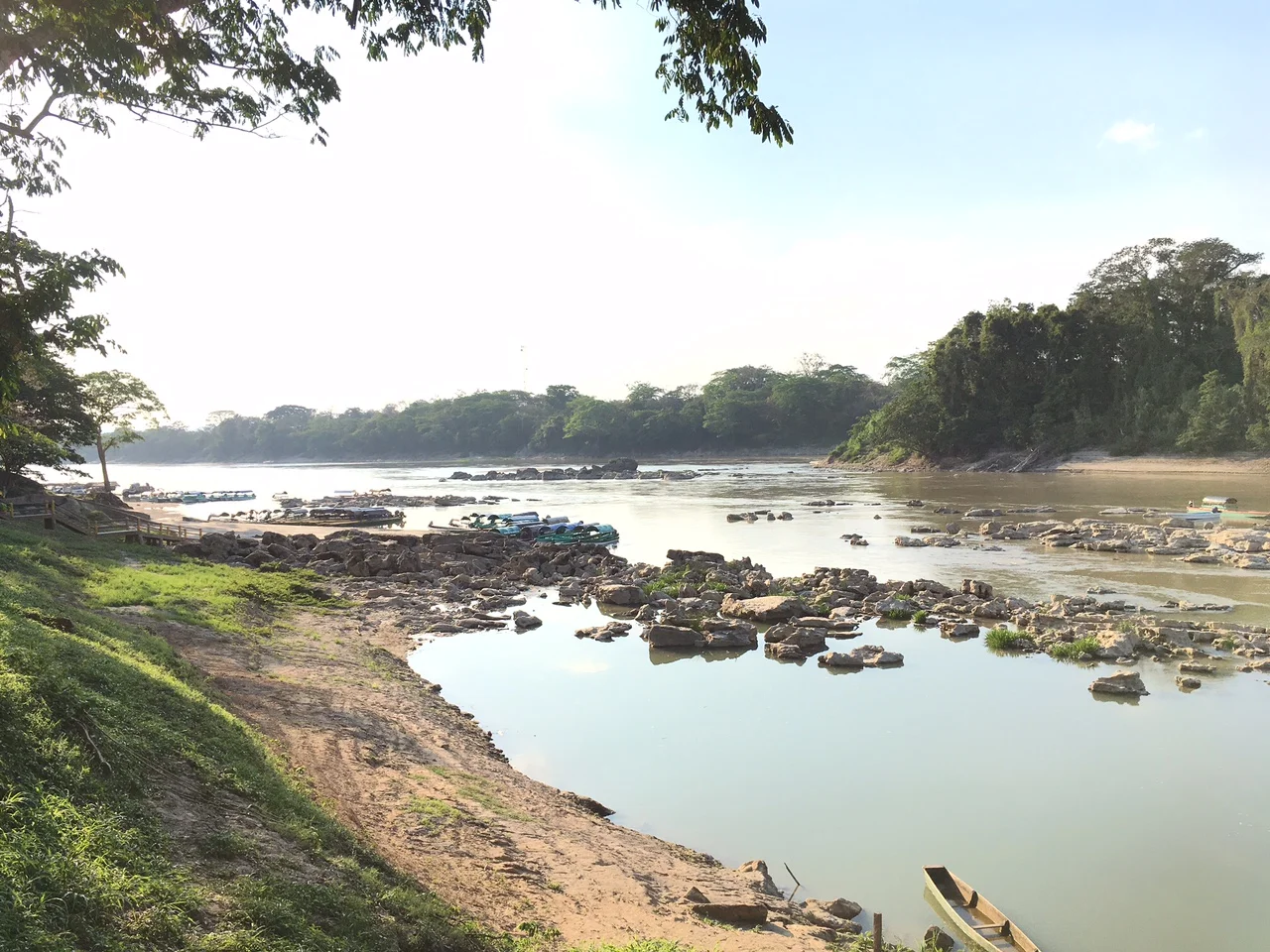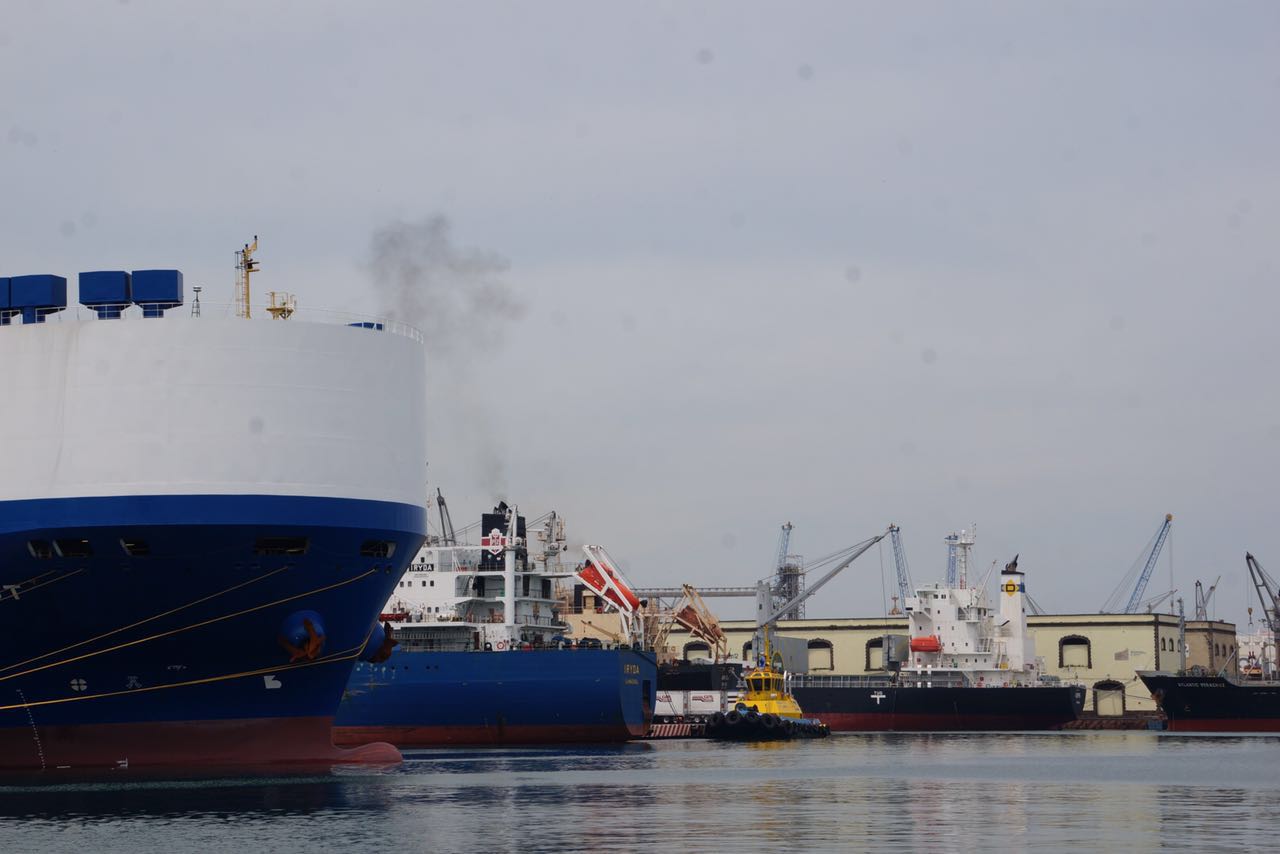Trump cards
Go to drinks with a group of expats in Mexico City and I can guarantee you that, at some stage in the evening, people will talk about the security situation here. “My mate got robbed at gunpoint while stuck in traffic…”; “my colleague was kidnapped…”; “a friend of a friend was stopped in the highway and had their car stolen, with their baby in the back seat…”.
I have heard some truly scary stories. I have also indulged in telling a few myself, be it being pickpocketed, having a lady jump in front of my car and pretend I hit her (supposedly a common scam for money or to steal your car), or being stopped at an ‘autodefensa’ checkpoint by men with assault rifles. It is like a game of trump cards as to who has had the most hairy experience.
At the same time, you will also hear expats play down any concerns. “I travel all over Mexico and feel safe...”; “it is only dangerous if you are a narco…”; “as long as you drive in the daytime on a federal highway, nothing will happen”.
It is true, life in the smarter areas of Mexico City appears normal, and no scarier than London. But occasionally you are reminded there are problems. The huge number of police, heavily armed, who insist on having their car lights flashing the whole time as a show of force. Suited gentleman on the streets of Polanco standing next to their large black 4x4, presumably bodyguards. Several shops which outfit cars with bulletproof windows. A police pickup truck with a mounted machine gun parked alongside the restaurant zone of Polanquito, one of the most expensive blocks in Mexico City (which I believe is as much to guard the narcos and their families, as to protect the general punter). Damaso Lopez Nuñez, who took control of the Sinoloa Cartel after El Chapo’s arrest, was detained in Anzures, a smart residential area about 1km from Polanquito.
Another oddity are the number of shops and restaurants which are always empty (I pass one such restaurant everyday). Locals have told me that these are money-laundering enterprises for narco bosses.
So how dangerous is it living in Mexico with the international drug trade apparently all around? Well from my perspective, a recent trip sort of sums it up. Two months ago, my family visited and I took them on a road trip to the states of Colima, Jalisco and Michoacán. In the latter state, we briefly drove along the ‘Cartel Coast’, supposedly an area out of the control of the federal authorities. Although we had to go through a number of army and police checkpoints, all in all it did not feel threatening or abnormal, and was certainly not a war zone (which the international media constantly portray parts of Central America as being).
However, last week I read in the New York Times that Tecomán, a small town in Colima state which we drove through twice, and seemed perfectly peaceful, is now the deadliest municipality in Mexico, with a homicide rate similar to a war zone’s (as quoted in the article, again). It was hard to believe – all I remember is there being a John Deere showroom, a small town square and a petrol station. There was no indication that this was the sort of place where multiple murders within hours is consider normal.
And that is it really – from a foreigner’s point of view, the violence is always behind the scenes, and you can get very close to it without even realising, as evident by our road trip. The victims are generally gang members and unfortunate residences caught up in the consequence of turf war – be it cross fire, intimidation, extortion or mistaken identity. Mexico is, therefore, despite the statistics, not a ‘warzone’ in the way one would imagine parts of Syria and South Sudan to be. But the violence is very real, and simmering just below the surface.
So to answer the question as to how safe Mexico is, let us go back to the dinner table chat amongst expats. Mexico is safe, and you wouldn’t know otherwise, until it happens to you…






